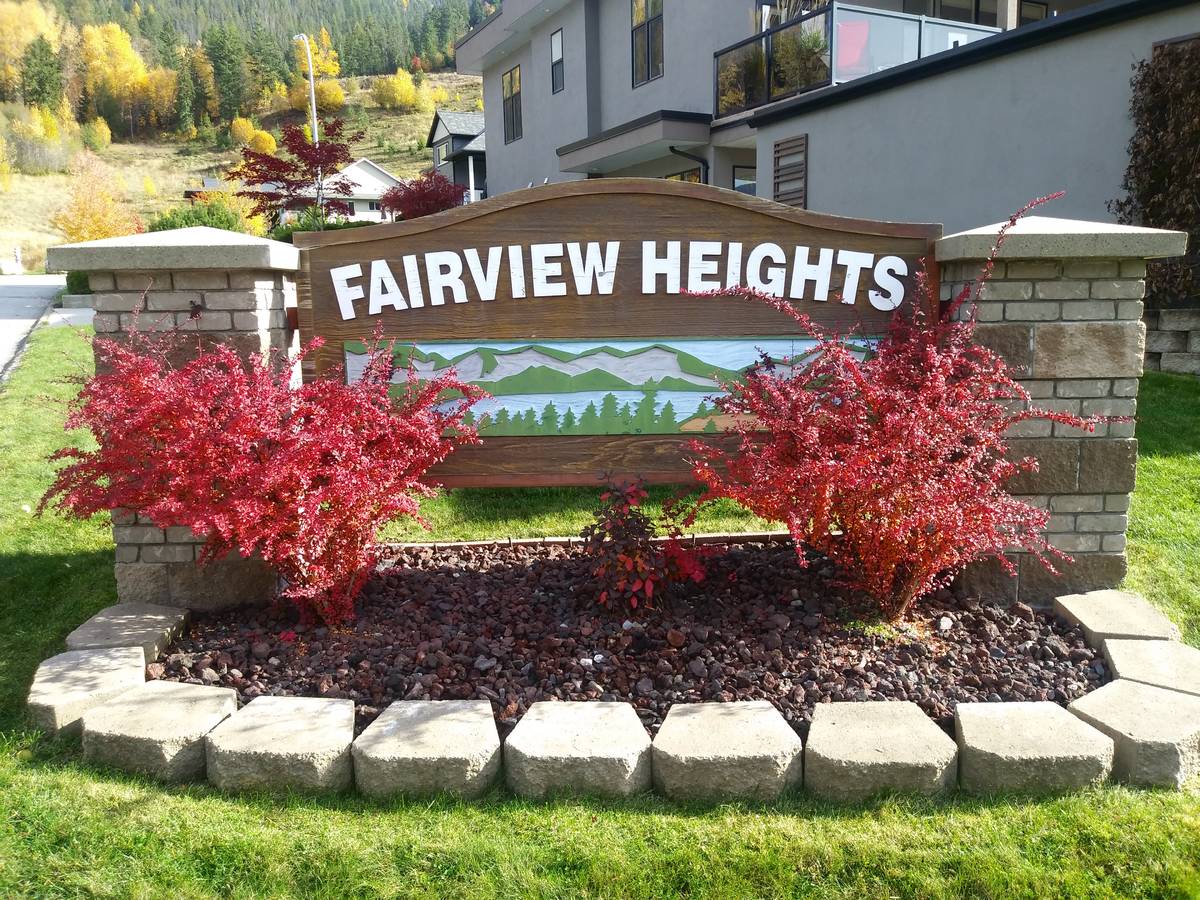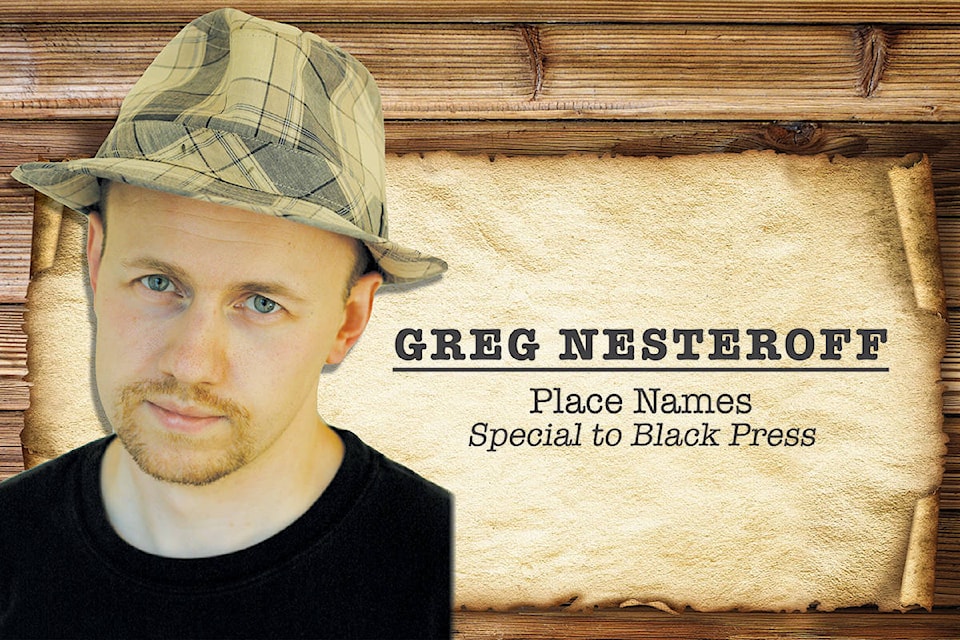A series on West Kootenay/Boundary place names
Concluding our look at Nelson-area neighbourhoods:
• Opposite and slightly west of Nelson is the community of Grohman, or Grohman Creek, mainly accessed by boat. The creek is named for William Baillie-Grohman, a local mover and shaker in the 1880s.
Exactly how long people have lived at Grohman is a bit unclear, but it’s been at least since 1926 when Mrs. Herbert Bullock died there in a fire. William A. Trufit also died there in 1935.
Power finally came to Grohman in 1979. As the Nelson Daily News reported that year: “For decades the area has been within sight of ‘civilization,’ but had no power. Tired of coal-oil lamps, residents are planning to work with city crews to bring themselves into the light of day.”
Grohman’s only streets are Grohman Creek Road and Ludlow Road. BC Assessment indicates the homes now standing on the 36 parcels were mostly built between 1969 and 1999, but one dates to 1950.
• An earlier installlment in this series noted that Rosemont was named in 1912. But it failed to mention who suggested the name. According to her obituary, local school teacher Charlotte Alice Coates (1874-1949) came up with it, although it didn’t explain why she suggested the name or how it was adopted.
• From the late 1890s until its demise in the 1960s, Chinatown was centred on Lake Street and bounded by Ward, Front, Hall, and Vernon. This was also the red light district. In 2011, a monument was unveiled at the corner of Hall and Vernon commemorating Chinatown and the city’s Chinese citizens.
• Downtown is bounded between Highway 3A on the west, Vernon and Front Streets on the north, Victoria Street on the south, and Cedar Street on the east.
• John’s Walk is a housing development in Fairview along Sproat Drive. It’s named after Nelson’s founding mayor, John Houston (1850-1910), and was first mentioned in the Nelson Daily News on Nov. 6, 2003.
Less than a month later, another housing development rated its first mention in the Daily News: Fairview Heights is in the former Nelson Ready Mix gravel pit at the top end of Davies Street.
• Close to John’s Walk, the Amber Bay and Silver Bay condos on Radio Avenue were once collectively known as the Kootenay Shores development. Kootenay Shores was first mentioned in the Daily News on Oct. 11, 2005 and showed up as a neighbourhood on the 2008 Map Graphics map of Nelson. However, the name has since fallen by the wayside. It hasn’t appeared in print since 2009.
• Another name on the aforementioned Map Graphics map (perhaps the most detailed ever produced of the city) is Kutenai Sands, a 12-acre property east of Kootenay Shores that was once home to Kootenay Forest Products. The Nelson Landing housing development was proposed for this area, but has yet to get off the ground.
• The North Shore generally refers to the area between Johnston Road and Balfour.
The lower case version has been around since the early 1890s. The first upper case reference is in a classified ad in the Calgary Herald on July 5, 1933, advertising a ranch for sale: “North Shore, Kootenay Lake, four miles from Nelson Ferry.”
• Nelson city limits have grown 10 times since the city was incorporated in 1897. The original boundaries covered downtown, the waterfront, and much of Uphill (aka the Hoover Addition). In 1921, Lower Fairview, including the Hume Addition, joined the city. It took until 1961 for Upper Fairview, Rosemont, South Nelson, the cemetery, and the filled-in foreshore to be added.
The city grew to the northeast in 1974, adding a chunk of Bealby Point Road plus some streets in that area that were surveyed early on but never built. The city took in part of Perrier Lane in 1975; a strip near the golf course plus a chunk of land across the bridge in 1991; the golf course itself in 1992; more land across the bridge in 1993, the Kootenay River dams in 2003; and finally more of Perrier Lane in 2007.
Parts of the Davies Addition remain outside city limits on the east side of the Nelson-Salmo Great Northern Rail Trail, including the Mountain Station neighbourhood.

